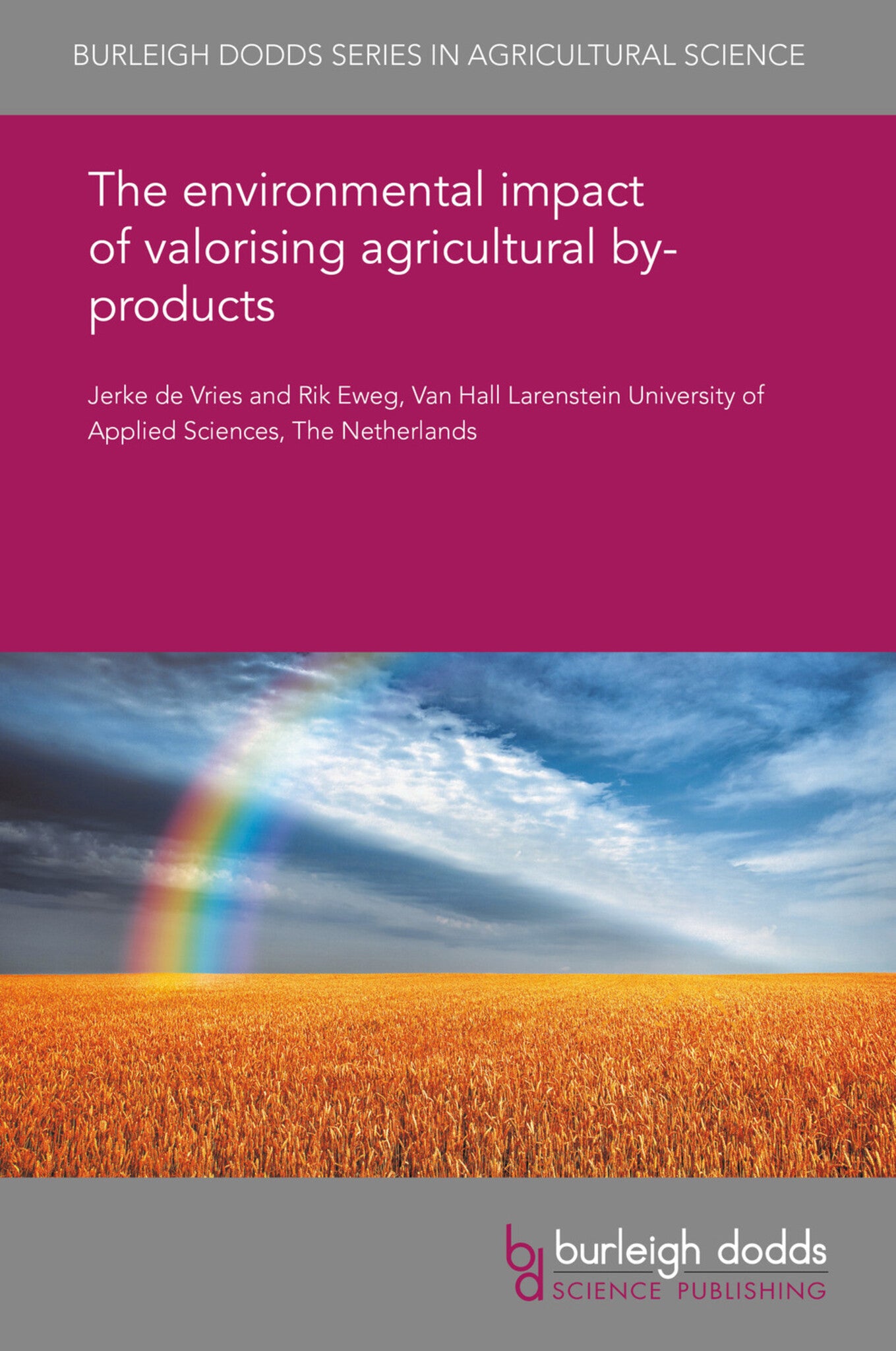We're sorry. An error has occurred
Please cancel or retry.
The environmental impact of valorising agricultural by-products
Regular price
£25.00
Sale price
£25.00
Regular price
£0.00
Unit price
/
per
Sale
Sold out
Re-stocking soon
Agricultural by-products, that is primary residue, industrial by-products and animal manure, are an important source of nutrients and carbon for maintaining soil quality and crop production but can...
Read More

Some error occured while loading the Quick View. Please close the Quick View and try reloading the page.
Couldn't load pickup availability
- Format:
-
26 August 2019

Agricultural by-products, that is primary residue, industrial by-products and animal manure, are an important source of nutrients and carbon for maintaining soil quality and crop production but can also be valorised through treatment pathways such as fermentation, incineration or a combination of these called bio-refinery. Here, we provide an overview of opportunity to reduce environmental impact of valorising agricultural by-products. We estimate the available by-products in Northwestern Europe as a case study and the maximum and realistic greenhouse gas reduction potentials. Availability, collectability, the original use and environmental impact including land use changes, soil carbon sequestration and pollution swapping are discussed as critical factors when valorising agricultural by-products.

Price: £25.00
Publisher: Burleigh Dodds Science Publishing
Imprint: Burleigh Dodds Science Publishing
Series: Burleigh Dodds Series in Agricultural Science
Publication Date:
26 August 2019
ISBN: 9781838798772
Format: eBook
BISACs:
TECHNOLOGY & ENGINEERING / Agriculture / Sustainable Agriculture, Agronomy and crop production, TECHNOLOGY & ENGINEERING / Agriculture / Agronomy / Crop Science, Sustainable agriculture

1 Introduction 2 Main treatment pathways for valorising agricultural by-products 3 Availability and collectability of by-products 4 Environmental impact of valorising by-products 5 Future opportunities and perspectives 6 Summary and conclusion 7 Where to look for further information 8 References



